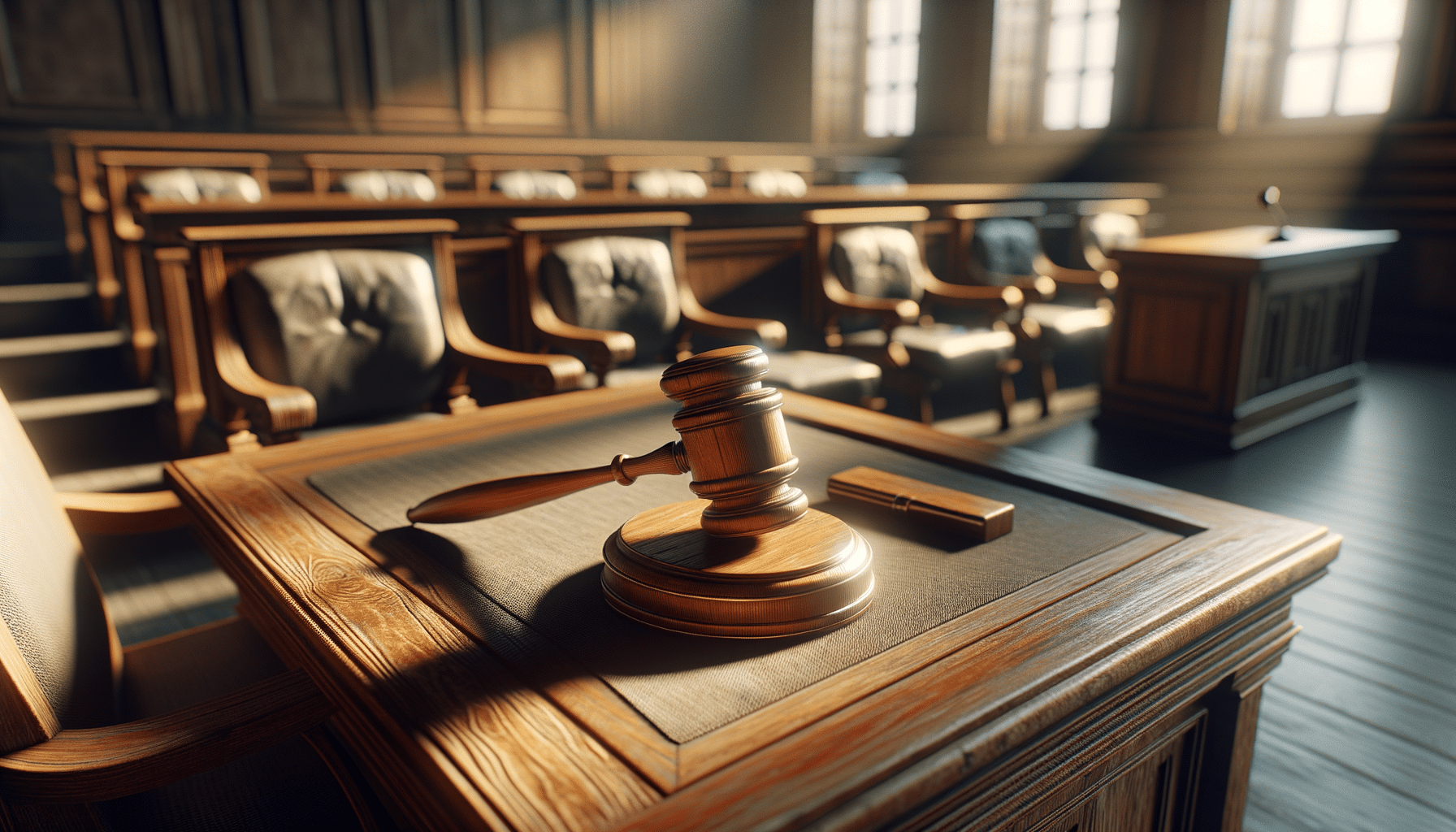
Understanding Personal Injury Claims: A Comprehensive Guide
Introduction to Personal Injury Claims
Personal injury claims are legal disputes that arise when an individual suffers harm from an accident or injury, and someone else might be legally responsible for that harm. These claims are crucial in ensuring victims receive compensation for their injuries, which can include medical expenses, lost wages, and pain and suffering. Understanding personal injury claims is essential for anyone who might find themselves in such a situation, as it helps in navigating the legal landscape and securing fair compensation.
Personal injury claims cover a wide range of incidents, from car accidents and slip-and-fall cases to medical malpractice and product liability. This diversity makes it imperative to grasp the nuances of different claim types and the specific legal requirements involved in each. In this article, we will delve into the various facets of personal injury claims, offering insights into the process, challenges, and strategies for a successful outcome.
Types of Personal Injury Claims
Personal injury claims can be categorized into several types based on the nature of the incident. Some of the most common include:
- Car Accidents: These are perhaps the most prevalent type of personal injury claim. They occur when a driver fails to exercise reasonable care, resulting in harm to others.
- Slip and Fall: These claims arise when a person slips, trips, or falls due to hazardous conditions on someone else’s property.
- Medical Malpractice: This occurs when a healthcare professional provides substandard care, leading to injury or harm to a patient.
- Product Liability: These claims involve injuries caused by defective or dangerous products.
Each type of claim has its own set of legal standards and requirements, making it essential to understand the specific nuances of the claim you are pursuing. For instance, proving negligence in a car accident claim might differ significantly from establishing liability in a medical malpractice case.
The Legal Process of Personal Injury Claims
The legal process for personal injury claims typically involves several steps, starting with the initial consultation with a lawyer. This consultation helps in assessing the viability of the claim and the potential compensation. Once the decision to proceed is made, the lawyer will gather evidence, which may include medical records, witness statements, and expert opinions.
Filing a lawsuit is the next step if a fair settlement cannot be reached through negotiations. During this phase, both parties will engage in discovery, a process of exchanging information and evidence. This stage is crucial as it lays the groundwork for the trial, should the case proceed that far.
Many personal injury claims are settled before reaching trial. However, if a settlement cannot be achieved, the case goes to court, where both parties present their arguments. The court then decides the outcome based on the evidence and testimonies presented. Understanding this process is vital for anyone considering a personal injury claim, as it can be lengthy and complex.
Challenges in Personal Injury Claims
Pursuing a personal injury claim is not without its challenges. One of the primary obstacles is proving negligence or liability, which requires demonstrating that the defendant failed to act with reasonable care, directly causing the injury. This can be particularly complex in cases involving multiple parties or ambiguous circumstances.
Insurance companies often pose another challenge, as they may attempt to minimize payouts or deny claims altogether. They have experienced adjusters and legal teams whose primary goal is to protect the company’s interests, which can make negotiations difficult for claimants without legal representation.
Additionally, the emotional and physical toll of dealing with an injury can impact the claimant’s ability to effectively pursue their case. This makes having a supportive legal team crucial in navigating the intricacies of personal injury claims and achieving a favorable outcome.
Tips for a Successful Personal Injury Claim
To enhance the chances of a successful personal injury claim, consider the following tips:
- Seek Immediate Medical Attention: Prompt medical care not only ensures your health but also provides crucial documentation for your claim.
- Gather Evidence: Collect as much evidence as possible, including photographs, witness contacts, and incident reports.
- Consult a Lawyer: Engaging a lawyer with experience in personal injury law can provide invaluable guidance and representation.
- Keep Detailed Records: Maintain a comprehensive record of all expenses, medical treatments, and communications related to the claim.
By following these steps, claimants can strengthen their case and improve their prospects of receiving fair compensation for their injuries. Remember, persistence and thoroughness are key in navigating the complexities of personal injury claims.


